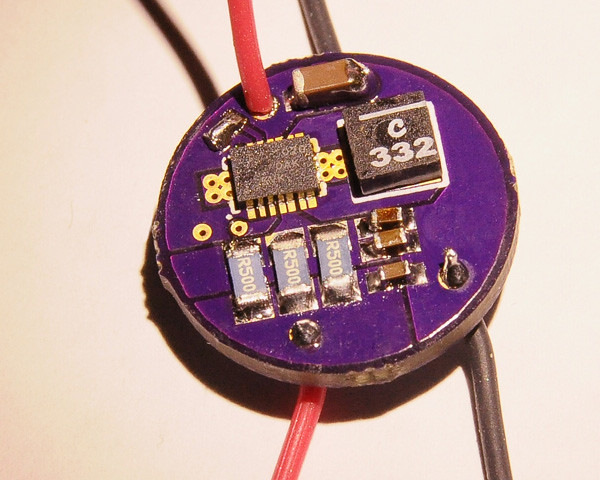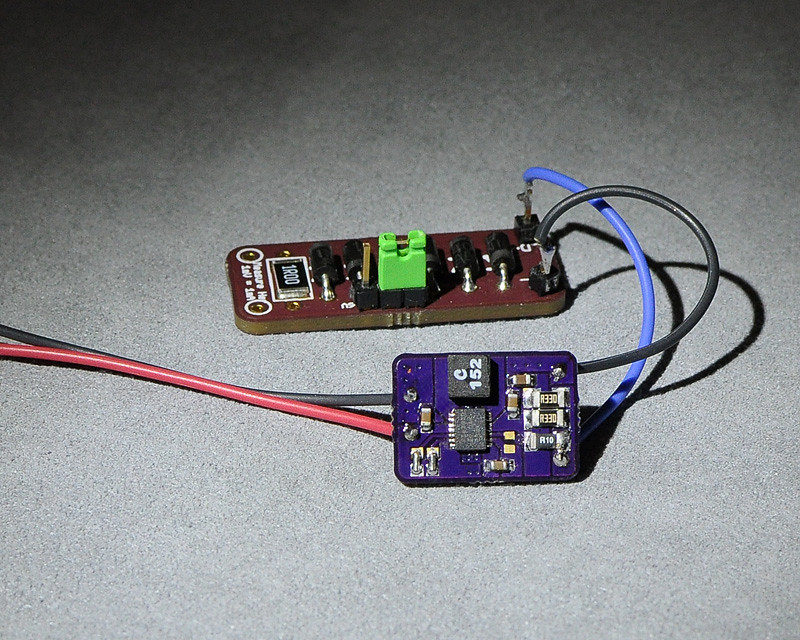I don't think that will help.
If you see lava's design (BTW Lava, we are NOT trying to copy you. We
just want to callenge ourselves making good drivers.) the capacitor is in series
with the amp.
That's impossible, a series capacitor blocks the direct current, only letting alternate current to pass through. It's very hard to tell how lava does it without having an actual lavadrive in our hands. But the capacitor isn't in series with the FB input, that's for sure.
To jib: I told you I made some previous designs with op-amps. Linear technology provides some spice software that is pretty accurate, and there you can simulate this kind of circuits. That idea of the capacitor also came to me, and it works. Really stabilizes the output... but... it has some downside, and that downside is that the capacitor needs to be charged and in the time it takes to charge the cap, the current just climbs up and up, thus having a current spike that would likeky kill or damage the diode.
For sure you can use lower value capacitors and take advantage of the soft start features of the IC's to avoid the current spike, but simulator told me that, using capacitor values with a charge time lower than soft start duration didn't totally stabilize the output, so there's a compromise.
Just in case, I think that the highest value capacitor I tried were 10nF, and that was waaaay too much. Try it if you want with a dummy load and set the o-scope to trigger and capture the transient (should be around 0.X milliseconds or less).
I currently don't know how the optimal solution would be, maybe the next semester I learn how to design drivers more properly, as I have a subject of heavy analog electronics.... It surely requires solving some differential equations and adding capacitors in unsuspected places xD.







